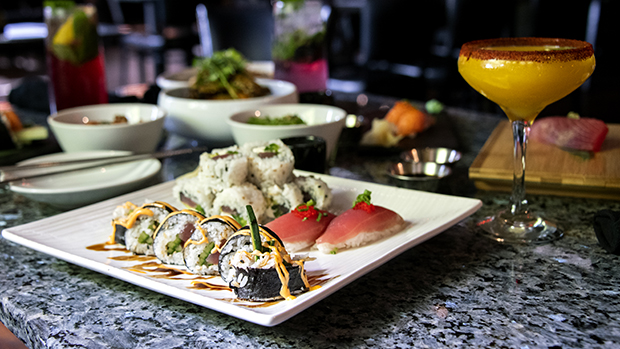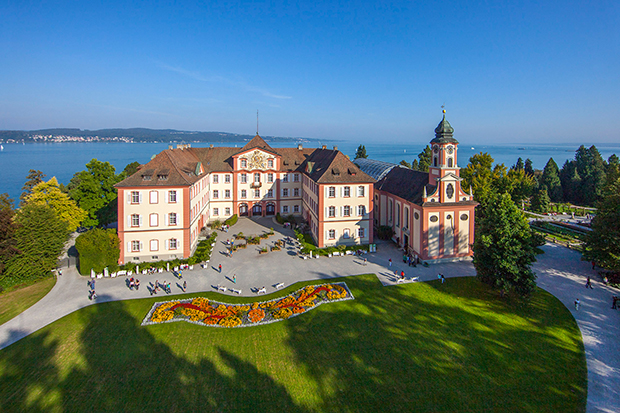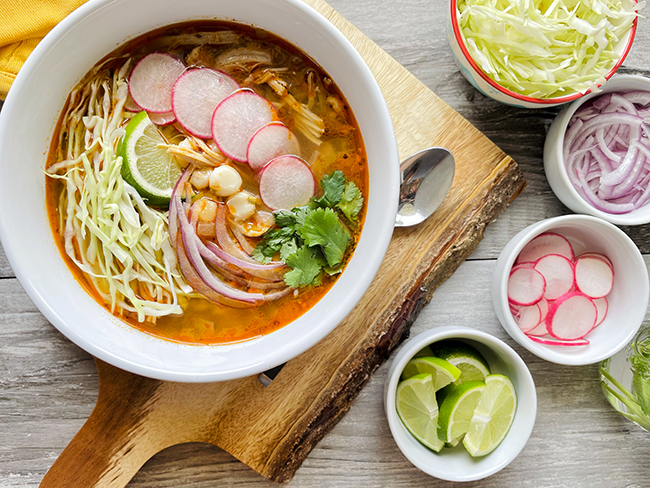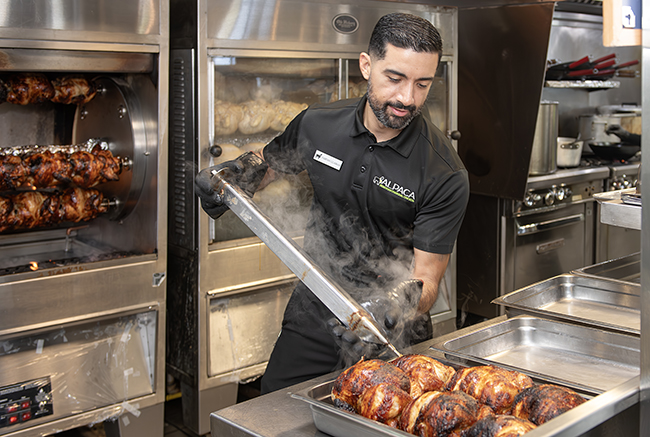Rosé – Summer’s Go-to Vino
01 Jul 2022
Light, crisp and versatile, rosé is riding a new wave of popularity
By Ann Marie Thornton
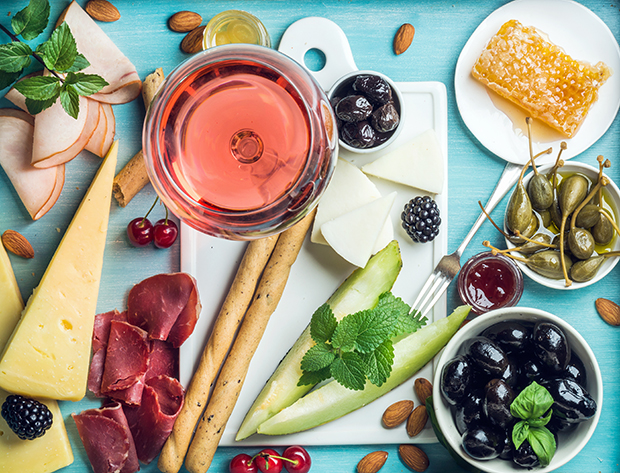
Summer is here and for some folks that means it’s time for “Rosé all day!” And, no wonder, light, crisp and versatile, rosé fits the summertime mood of fun in the sun and the lighter fare of the warmer season.
Rosé wines are created when crushed grapes or fresh-pressed juice spends a short time in contact with red grape skins, a process that lends aromas, tannins, and of course, color to wine. While rosé wines are riding a new wave of popularity, this is an ancient process that dates back to the Greeks and Romans and has traditions in most every wine-growing region. In France, rosés are typically found in the Provence region and feature blends of Syrah with Grenache, Mouvedre, Cinsault and other local grapes. In Spain, rosado is crafted from Tempranillo and Garnacha, whereas in Italy rosato features Sangiovese, Aglianico, Nebbiolo, Nero d’Avola and other native grapes. In California and the US, rosés of Pinot Noir are very popular, but as elsewhere, winemakers experiment with what is grown locally for a full range of styles.
Pale, tea-rose-pink rosé from Provence is iconic. A classic 2019 Cote des Roses rosé from Gérard Bertrand in the Languedoc appellation blends Grenache, Syrah and Cinsault. Dry with some tannins, the bouquet is flowery with notes of tart, red cherries, raspberries, and ruby-red grapefruit. The taste is fresh with light berry tones and lingers delicately. This wine makes a lovely aperitif and could accompany grilled shellfish or lightly spiced fare. Rosé has the flexibility to pair with brunch, lunch and dinner, part of its “all day” appeal, and this rosé would complement an eggs Benedict with salmon and counterpoint the creamy hollandaise in a delightful fashion.
A wine with a deeper salmon hue, the Rosa di Elena, a rosato from Collestefano in the Marche region of eastern central Italy offers tantalizing notes of pomegranate and raspberry. The 2020 is 80 percent Sangiovese blended with 10 percent Cabernet Sauvignon and other grapes and had just six hours of skin contact. This organic wine is imported by Bacco Selections, run by Paulo and Sassy Pellizzari of Southern Pines, who focus on high quality, family-owned wines. Light and fruity with an ABV of just 12 percent, this is a welcoming wine and can be a go-to rosé all summer long. Sip this on summer afternoons with pesto, artichokes, charcuterie, or grilled chicken and savor the moment.
The deep fuchsia of Martinelli’s 2021 Rosé of Pinot Noir from the Sonoma Coast hints that this wine has had a bit more skin contact. Indeed, Martinelli uses the saignée (san-yay) method to make this rosé, bleeding off about 10 percent of the volume from the earliest stages of their classic Pinot Noir and fermenting it separately, bottling it quickly and creating both a big, fruity rosé and an opulent, concentrated Pinot Noir. This Rosé of Pinot Noir has luscious, fruity notes of fleshy, red plum and pomegranate, plus a whiff of earthiness that reminds me of digging in the garden. Balance this rich rosé with rare tuna, crab cakes and a roasted corn salsa, or even a butterflied lamb on the grill and enjoy its fresh, fruity character.
Rosé, with its myriad of grapes and production styles, offers tremendous versatility, even if its signature style is primarily fun, fruity and festive. Experiment with some rosé this summer. Explore the varied grapes, styles and pairings, and you may find its spirited mantra calling to you, too. “Rosé all day!”
Ann Marie Thornton is a master sommelier, and co-owner of James Creek Cider House with her husband David.

